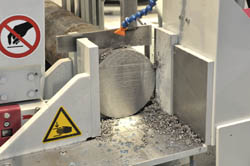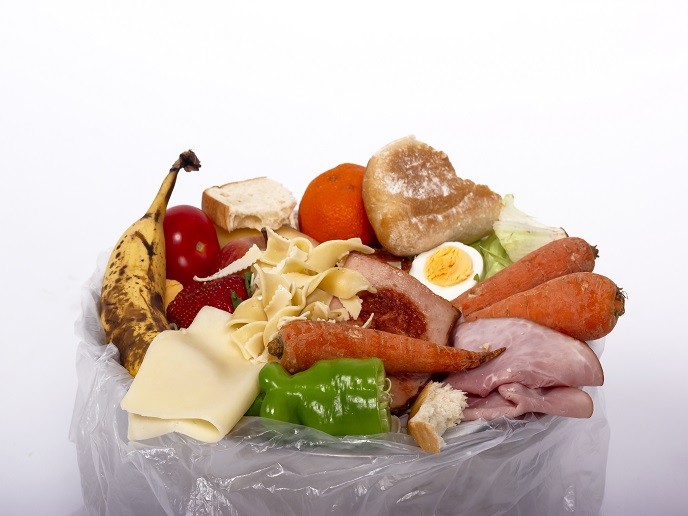'First time right' parts manufacturing
Rapid manufacturing (RM) is quickly becoming the preferred way to produce small quantities or prototypes of precision parts with complex geometries. Rather than cutting a component from a large piece of material, the part is built up in a layering fashion directly from a three-dimensional (3D) computer aided design (CAD) file. This is also referred to as additive manufacturing (AM). Such manufacturing are automated, producing very little scrap and providing designers with unprecedented geometrical freedom with no special cutting and finishing tool requirements. RM technology has many areas that can be improved on and the extensive market provides major incentives to do so. The EU funded project 'Compolight: Rapid manufacturing of lightweight metal components' (COMPOLIGHT) contributed impressively to this effort. The focus was on three types of parts with internal cavities including channels for hydraulic functions, hollow zones such as honeycomb structures for reduced weight, and porosities for filtering or noise reduction. Such structures have important value in the aerospace, automotive, medical and electronics industries. The consortium developed RM design rules and supporting software to aid designers in determining whether a part is suitable for RM and, subsequently, to adjust materials and processes to fit the design. Scientists also developed simulation software to predict product quality and mechanical features prior to RM to optimise the manufacturing process. Innovative CAD software was developed to enhance and partially automate the design process to produce files for RM machines resulting in significant reductions in time. Researchers also developed ways to adapt existing RM processes to complex internal features and novel techniques to control surface features, thus minimising the need for post-processing. Overall, COMPOLIGHT technology enabled significant weight reductions (70–90 %) and decreases in materials usage and energy losses (the latter over 90 %) for hydraulic parts, translating to reduced fuel consumption and carbon dioxide (CO2) emissions. COMPOLIGHT outcomes contributed to the International Organization for Standardization (ISO) standardisation of AM technology, thus facilitating conformation with ongoing EU legislation for sustainable production methods.







